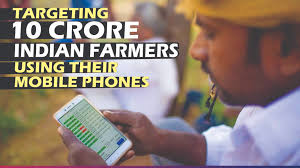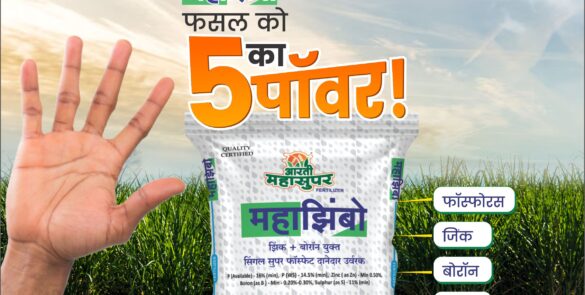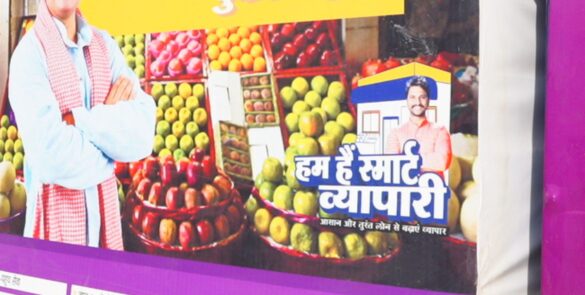If there is one industry in India that is observing intense localization activity and expansion, it is multimedia. It began with dubbing, voice-over, and subtitling with their mainstream media manifestation through National Geographic or Discovery channel content.
However, the game is much transformed since then, because of the entry of over-the-top (OTT) players. The global OTT players like Amazon Prime Video and Netflix, as well as the growing Indian OTT platforms such as Hotstar, Alt Balaji, Zee5, and many more in the race, are continuously impacting the Indian entertainment marketplaces.
A report from the Boston Consulting Group evaluated that the Indian OTT market will mature to USD 5 billion by the year 2023.
Competition in OTT Market across India
The rivalry in the OTT streaming market in the country is heating up, with over 40 players competing in the jumbled OTT market eyeing for more and more attention. India is now considered and counted as one of the most striking markets in Asia for OTT.
The OTT market has gone through a promising stage in India (2016-18) and, at present, moving to a phase of intensification. India is likely to be amongst the first ten markets worldwide in video OTT by the year 2020. By 2023 India will have more than 500 MM online video subscribers, second only to the leading online video market across the globe and that is China.
The TV might slow but will not be entirely knocked down by the scale of OTT, as observed in other marketplaces. The TV industry in India will see a CAGR of ~11% from 2017-22 while the worldwide growth average will stand still to 1.4% in the equivalent period.
India has a substantial number of TVs, with access to more than 170 MM households. An obsession highly drives it for entertainment, and TVs will stay a foundation of the Indian viewing practice. The OTT players would sight this as a window, or a screen, into people’s heart.
Consumer Profiles, Viewing Patterns and Diverse Platforms
Just as online Indian language users have outnumbered English-speaking counterparts in the cyberspace, rural users of OTT have moved ahead than their urban counterparts within India. The rural users converse in a wide range of languages like Hindi, Bangla, Telugu, Tamil, and mostly view OTT content on their mobile phones. The boosts in Internet speeds accessible at highly affordable rates have further transformed the scenarios through the efforts of Internet service providers, especially Reliance Jio.
The rise of OTT platforms in India now relies on the new demographics of the different audiences. As per the reports of the Broadband India Forum, as of April 2019, around 65 percent of video consumption comes from the rural parts of India that have only 40 percent online connectivity. When it comes right to the streaming part, regular perception places it to be highly active in urban areas. However, as we discussed above, because of cheap data and access to smartphones, OTT is set to boost and will capture more and more audiences with time.
Conversion of Indian language into other Indian languages is also a future direction. Significant amounts of Hindi speaking audiences are now opening up to dubbed movies made in Telugu, Tamil, and other Indian languages.
Digital entertainment and OTT content consumption going rural
After successfully targeting the urban consumer base, digital video platforms have even reached out to consumers living in tier 2 and 3 markets as well as rural India. Many new players, such as Shemaroo Me, are explicitly targeting smaller markets with their diverse devotional and other regional content categories. Eros Now partnered with BSNL, which enables smaller markets, to distribute its entertainment platform.
Around 65 percent of OTT content consumption comes from rural areas as Reliance Jio made Internet obtainable for less. While Reliance Jio extended the scenario of the Internet on mobile phones, users of rural regions still required an opening to OTT platforms, which was made effortless by YouTube. YouTube is easily accessible and preloaded on Android phones. It further covered 90.68 percent market share until March 2019. This scenario is also the basis why Amazon has partnered with OEM companies to get access and preload its Prime Video application on handsets for convenience.
TV networks introducing their own OTT platforms
With the increasing pressure from online content providers, TV networks such as Zee, Star, and Sun have launched their own OTT platforms to retain their rural audiences as well as spread out their viewership. More than 85 percent of Indians like to watch content in different regional languages, as per the KPMG Eros Now reports. This scenario makes it more relaxing for players such as Sun TV as well as Zee TV to reach a locked up viewer base with the help of their OTT platforms.
Change in price points to target rural audiences
While new content is a distinguishing factor for OTT platforms, it is the costing of the content material that makes OTT players exclusive. For example, Amazon Prime Video is obtainable at Rs. 999 per year along with Amazon’s Prime shopping service. On the other side, the standard plan of Netflix is accessible at Rs. 499 each month. So in this scenario, to trim down the price points, Netflix introduced a mobile-only program at Rs. 199 per month specially to target its rural audiences.
Further, Sony LIV has introduced its shampoo sachet pack recently, at just Rs 29, which offers access to the premium content for seven days, which has affected other local OTT platforms.
Telcos have already partnered with OTT players who are helping them to increase their revenues by steering up the data usage, especially from their existing users. Some internet service providers are even growing their revenues by bundling their present subscription services by partnering with OTT platforms to boost up their monthly internet packages.
Subsidy to transform
The one alteration that might rush the transformation of video usage could be the increase in monthly bills that cable TV and DTH users had to pay out after TRAI facilitated TV channels to provide their services on a la carte basis. However, TRAI is presently reviewing the operations of this policy. But if the monthly cable or DTH bills will keep on elevating, the move to OTT will be quicker.
Moving Forward
For companies providing localization services worldwide, there is more to it than merely catering to OTT audiences. However, in India, it seems that their fate will remain closely associated with that of the OTT players.
Higher demands for OTT content is already approaching in from rural areas, Indian-language users, and will prolong to do so in the anticipated future. This scenario even happens to be swiftly maturing user demographics in the internet space of the country. As such, streaming platforms in India must facilitate and prioritize their content inclinations, which begin through localization.
















